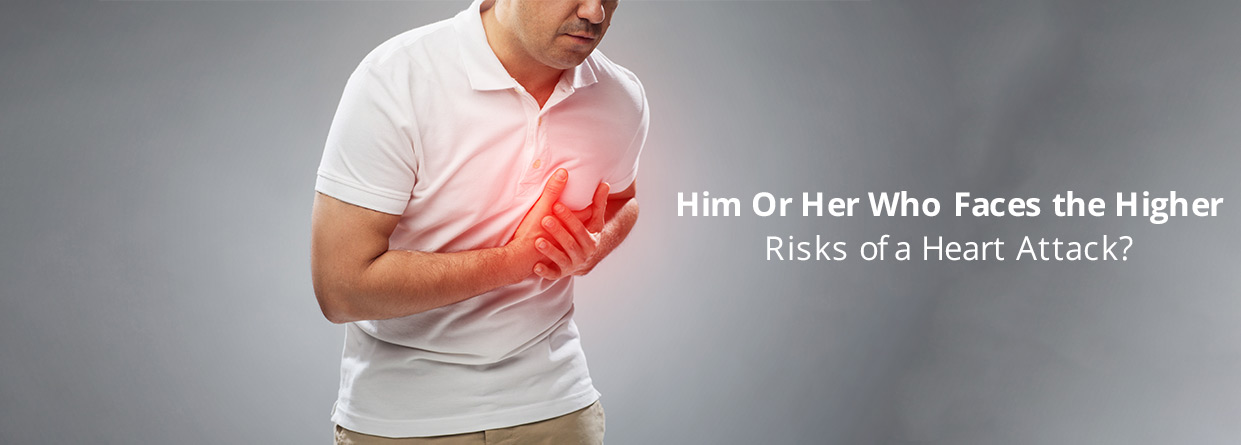
 Emergency No: 08062136599
Emergency No: 08062136599
by BMB | Published on 12/04/2021
Your gender is a very important risk factor that determines your vulnerability to certain diseases and conditions. While we assume these to be gender-neutral, it is quite surprising to note that some diseases are more common in males while others are common in females. Though their hearts may look the same, there are significant dissimilarities that cannot be simply ignored. Experts from the best heart hospital in Kolkata suggest that the heart of a woman is much smaller than that of a man and so are its internal chambers. In fact, even the walls separating these chambers are thinner in the case of females.
It is pertinent to note that the difference is not only in the structure of the heart but also in the way in which the heart functions. The heart of a female pumps blood faster as compared to that of a male, yet it releases 10 percent less blood. Under stress, there is a rapid increase in the pulse rate and heartbeats of women, whereas in the case of men, their arteries become constricted and blood pressure is raised.
In this blog, we have tried to elaborate on the role of gender in determining a person’s vulnerability to various heart ailments with the help of best cardiologist in kolkata.
If we talk about the traditional risk factors like hypertension, elevated blood sugar levels, high cholesterol, excess body weight (obesity), and smoking, these are shared by both genders. Such risk factors also include a family history of any heart ailment, especially if the male members of your family were diagnosed with any such health issue before the age of 55 and the female members were diagnosed with the same before the age of 65. Apart from all these factors, there are certain factors that are specific to females. Conditions like endometriosis, polycystic ovarian disease, and preeclampsia. Studies have shown that endometriosis increases the risks of CAD by almost 400 percent in women aged 40 or below.
The average age of heart attack in women is 70, whereas the same is 66 in the case of men. This is due to the presence of the hormone estrogen, which has been found to protect the heart of women until they hit menopause. After this, the estrogen levels slowly start to drop.
Men usually experience crushing chest pain during a heart attack, whereas women start to experience certain red flags long before the actual attack. These include
Excessive fatigue – This is marked by general body weakness and inability to indulge in normal, day-to-day physical activities, often accompanied by heaviness in the chest and inability to sleep peacefully at night.
Breathlessness and sweating – Experiencing these two while you are indulging in some physical activity are normal, however, if you are experiencing the symptoms without any exertion, or while lying down, you should not take them lightly.
Pain in uncommon places – While men are more likely to experience pain primarily in the left arm, women can experience it in either of the two arms, along with the neck, back and jaw.
If you are experiencing any such symptom, you can consult the experts from BM Birla hospital for further evaluation and proper treatment.
Heart attack is not as hard on males, as on females. Women take more time to recover and are usually required to stay in the hospital for a longer period of time. This is owing to the fact that women often tend to overlook their health and well-being because of which they are likely to have a lot more untreated symptoms as compared to men.